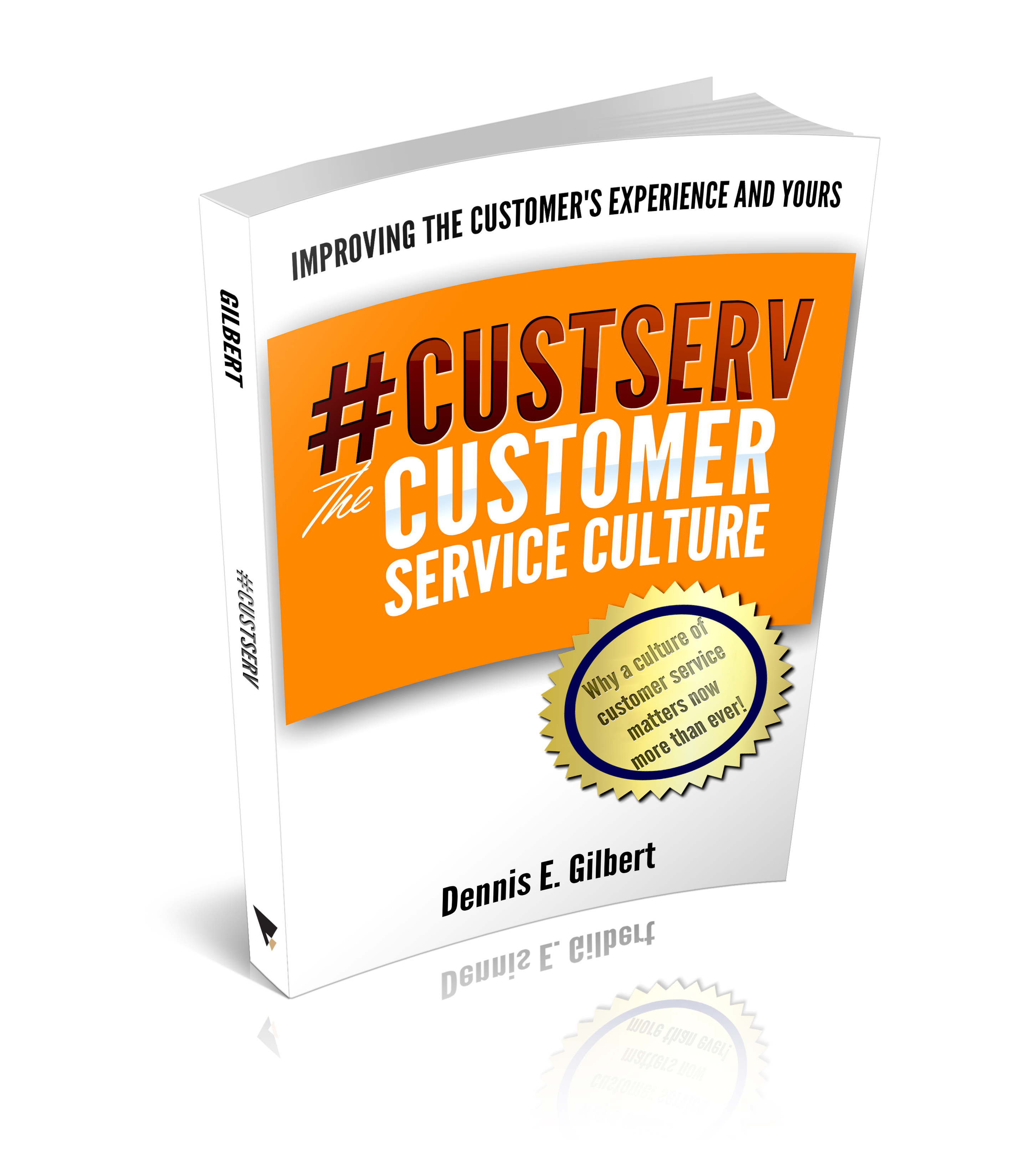
Using Appreciative Inquiry to Build a Better Customer Experience
Every business and successful organization cares about the customer experience. Can you use Appreciative Inquiry methodologies to build a better customer experience?
Those reading who are new to appreciative inquiry only need to understand a few basics about the definition to get started.
Appreciative Inquiry
Appreciative inquiry may be described as a method to search for, uncover, and bring out the best in people, teams, and entire organizations.
Perhaps the most important factor for getting started is to understand that Appreciative Inquiry is not centered on identifying problems. It is centered on asking questions (inquiring) about what gives a system and its people life.
Consider that it’s looking for positive imagination (dreaming) and innovative ways (designing) to use positive approaches. It is not focused on negativity, what didn’t or won’t work, and chronic diagnoses of what is causing problems.

Based on either a 4-D or 5-D Cycle model properly empowered people can ask questions, innovate, form strategies, and transform systems and culture based on positive life giving forces.
Customer Experience
It’s easy to get started on ways to improve the customer experience. Instead of asking customers or the people in your organization what is wrong or what didn’t work, use an Appreciative Inquiry approach.
Consider asking a somewhat vague opening question that will drive the conversation, something like “What would our best product or service, considering no limitations or barriers, look like?”
You can then supplement the interactions with supporting information-gathering questions like:
- What customer stories, testimonials, or other narratives can be shared about best experiences?
- Describe the features or values about our products or services that inspire recommendations to others.
- What brings our customers back for repeat business?
Appreciative Strategies
Often one of the most important and challenging aspects of driving change within a system or organization through Appreciative Inquiry is carefully and closely monitoring the interactions. Many people, especially those unfamiliar with the process will quickly digress into problems, reasons why not, and subjective negativity.

During most interventions this is not intentional to undermine the process. It is more representative of patterns of learned behaviors which are to identify the problem, exploit it, analyze it, agonize over it, and repeat. That is not the Appreciative Inquiry way.
Can you use Appreciative Inquiry approaches to build a better customer experience?
Yes!
– DEG

Praise for #CustServ The Customer Service Culture
“…goes beyond the traditional advice and focuses on strategy and cause.”
“…for everyone who truly wants to exceed their customer’s expectations.”
“…the tools needed to gain lifelong customers.”
“…provides guidance in an easily understandable format, and yet challenges the reader…”
“…brings out the truth by diving right into how culture, traditions and generational differences can cause challenges…”
Dennis E. Gilbert is a business consultant, speaker (CSPTM), and corporate trainer. He is a five-time author and the founder of Appreciative Strategies, LLC. His business focuses on positive human performance improvement solutions through Appreciative Strategies®. Reach him through his website at Dennis-Gilbert.com or by calling +1 646.546.5553.





